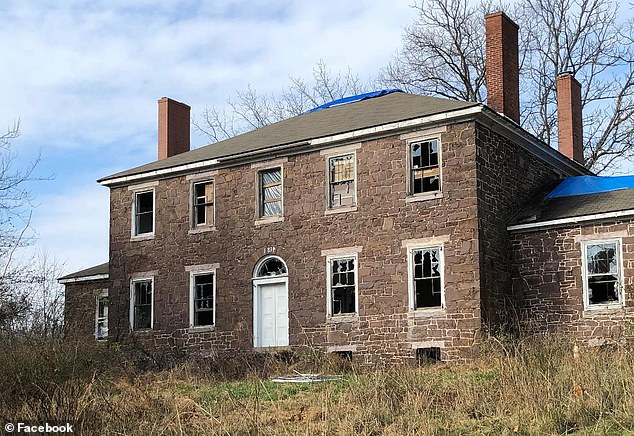A 19th-century brownstone boasting 17 rooms and eight fireplaces is being offered to a new owner for free, but on one condition.
The house is up for grabs for $0 as long as the new buyer has the means and means to tear the entire 5,000-square-foot home from its foundation and move it to another location, according to the historical society trying to save it.
The Hood Mansion, located in Limerick, Pennsylvania, was built in 1834 by John McClellan Hood, an Irish immigrant who came to the United States in 1799.
He made his fortune by opening a Philadelphia-based wholesale grocery store called ‘Hood and Hamilton’.
It was a summer home for Hood, his wife, and thirteen children to escape to when a yellow fever outbreak ravaged Philadelphia in the early 19th century; but most importantly, the Hood Mansion was part of the Underground Railroad, and had tunnels underneath to help slaves escape to the free states of the north.
Pictured: The historic Hood Mansion, which is being offered to any interested party for free as long as you have the resources to physically remove it from the 113-acre property.
Now that the Brooklyn developer who owns the 113-acre property wants to demolish the relic to make way for a warehouse complex, the Eastern Pennsylvania Preservation Society (EPPS) is making a last-ditch effort to keep the historic mansion alive.
On its website, the EPPS said it is working with the Limerick Borough Historical Society to protect the monument and anything inside that could be considered an artefact.
The idea of convincing someone to move the mansion began when EPPS reached an agreement that if someone could relocate it at no cost to the current owner, demolition would not be necessary.
Initially, the owner said no to this proposal, said EPPS President Tyler Schumacher. the voice of philadelphia.
“Then he came back and said, ‘Okay, if you can get someone to take it off the property, I don’t have to get involved.’ I don’t have to pay anything, so they can keep it.”” Schumacher said of the owner’s reversion.
No timeline was given, but the owner told EPPS he “wanted it done soon.”
Moving a house of that size, any size really, would be a hugely expensive undertaking, something the EPPS is fully aware of.
“We’ve received some quotes ranging from around $700,000 to $1 million,” Schumacher said, adding that it would take a month or two at a minimum to move it.
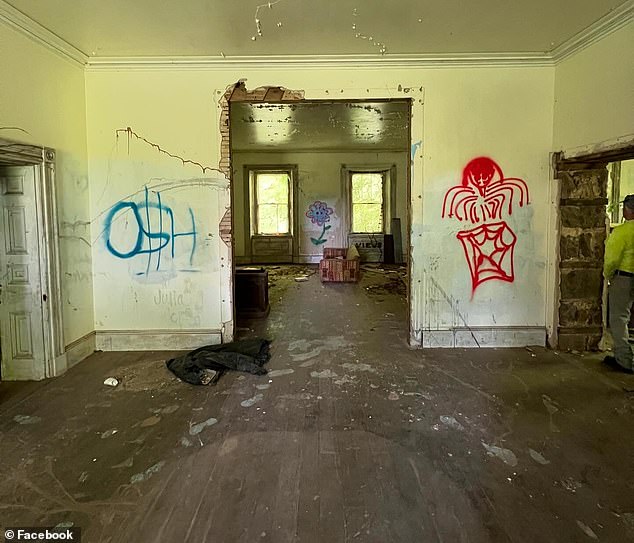
The interior of the 5,000-square-foot mansion was severely vandalized in 2016, and EPPS President Tyler Schumacher estimates renovation costs could total around $400,000.
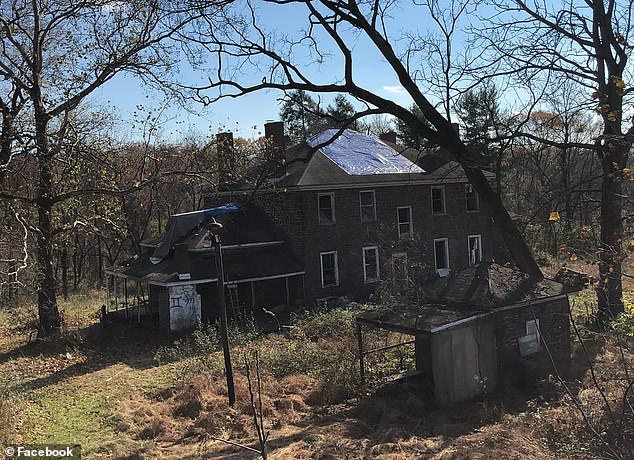
Beyond being a key refuge on the Underground Railroad, the mansion was the home of Washington Hood, the son of John Hood and his wife Elizabeth. Washington Hood served in the US Army alongside Robert E. Lee, who would later become commander of the Confederate Army.
Not only that, the mansion was vandalized in 2016, when criminals broke in to break windows, steal artifacts and paint graffiti on the walls.
‘The renovations would probably cost around $400,000. It’s not in as bad condition as it seems. “There is a lot of vandalism, but structurally the building is very solid,” Schumacher said.
In the Facebook post, EPPS attempts to promote the house by mentioning its chestnut floors, oak beams and “solid brownstone construction.”
“It will be difficult to find another house built as well as this one,” the society wrote.
It would also be difficult to find a house filled with so much history. Beyond being a key refuge on the Underground Railroad, the mansion was the home of Washington Hood, the son of John Hood and his wife Elizabeth.
Born in 1808, he graduated from West Point and later was a captain in the Army Corps of Engineers. As the United States expanded westward, he participated in drawing new state borders.
During this time, he also worked alongside Robert E. Lee, the man who would later command the Confederate Army in the Civil War.
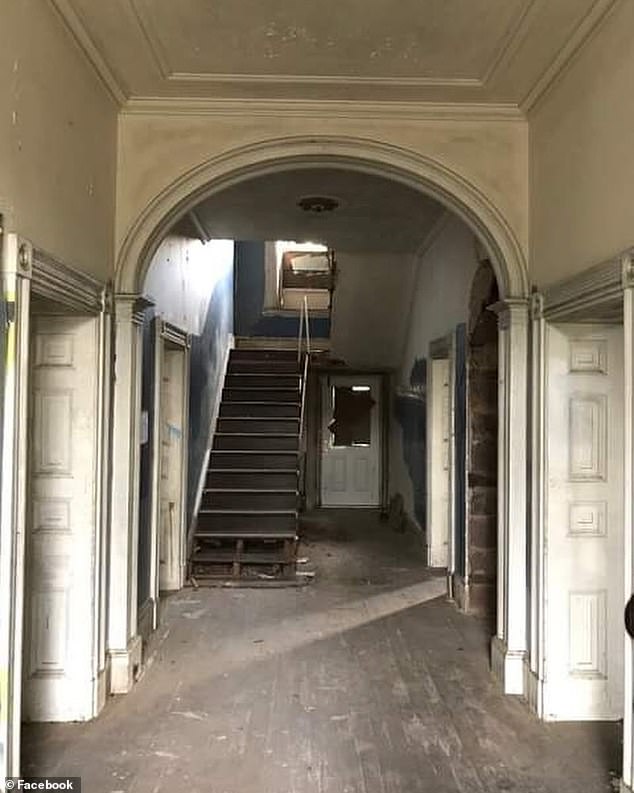
Descendants of the Hood family used the mansion as a summer home until the 1940s.
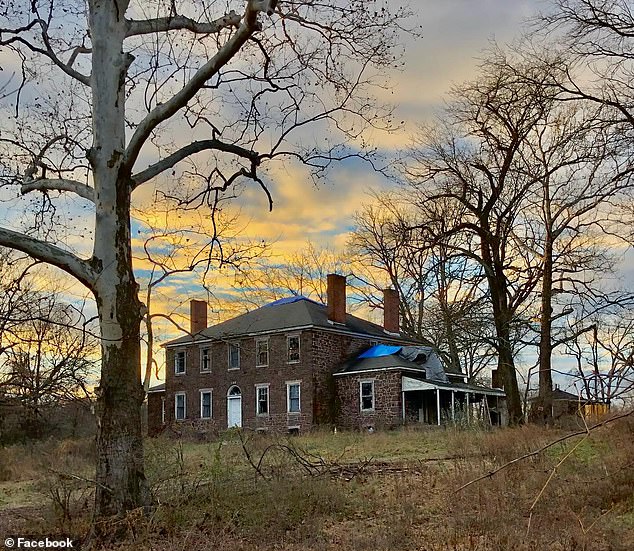
In the 1980s, it was auctioned off to a developer who ultimately failed to convert the property into a golf course.
He died in 1840 of yellow fever while surveying the Oklahoma Shawnee lands between Arkansas and the Missouri River, a task given to him by President Martin Van Buren.
Descendants of the Hood family used the mansion as a summer home until the 1940s, before it was managed by paid caretakers for another 40 years, the Philly Voice reported.
In the 1980s, it was auctioned off to a developer who ultimately failed to convert the property into a golf course.
In 2008, the property was sold to Boyd Gaming, a Nevada-based casino operator, for $17 million.
But like previous golf course plans, Boyd’s plans to build a giant casino on the property fell by the wayside, prompting the company to sell once again to the current owner.
Schumacher told the Philly Voice that there has been some interest from people who might want to help move the mansion before it is demolished.
“We had a semi-serious meeting that I was going to dismantle the house and move it to Chadds Ford,” Schumacher said. “Unfortunately, the prices went too high again and they couldn’t make it work.”
Schumacher believes there should be better preservation laws in the United States so that developers can’t simply buy sites of historical importance and leave them there for decades.
“There is very little any historical society or preservation society can do to stop this,” he said.

